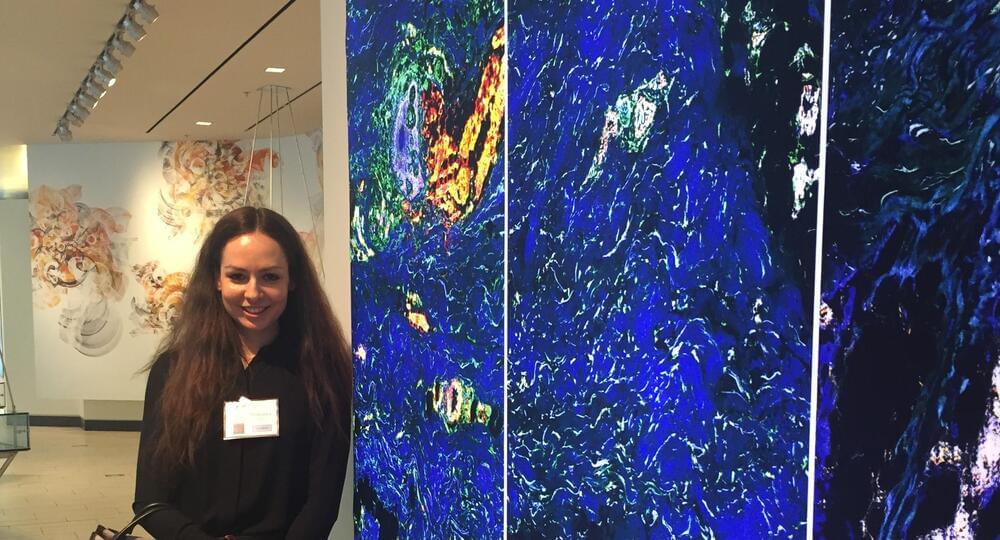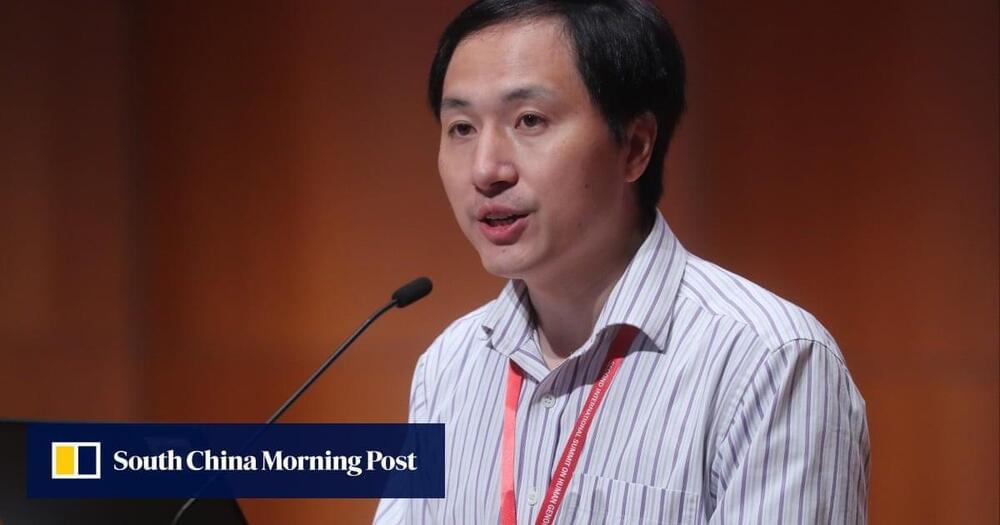She worked in top labs at Stanford and Harvard. Now she wants to disrupt a 100-Billion-Dollar market by rejuvenating your skin using genetic engineering.



On December 6–7, 2022, the Buck Institute for Research on Aging will be hosting the Longevity Summit 2022. Lifespan.io is pleased to announce that we are an official media partner for this upcoming conference.
The Summit will see many of the leading experts in the field coming together in the grounds of the architecturally distinct Buck Institute. It is being framed as a peer-to-peer learning experience aiming to unite longevity entrepreneurs, pharma and biotech companies, investors, researchers, and government organizations.
Here’s what the organizers had to say about the event:
Dr Brian Kennedy explains why verifying longevity interventions work is key and why the transition to human trials is so important.
Brian Kennedy is one of the busiest people in the longevity business, with fingers in many of the most interesting antiaging pies. He was at the Longevity Investors Conference recently, discussing some of the latest discoveries in longevity research and giving a longevity industry overview.
The Longevity Investors Conference (LIC) is the world’s leading and most private longevity-focused investors-only conference. Providing relevant insights into the fast-growing field of longevity, the conference also offers expert education and investment opportunities, as well as fostering excellent networking opportunities. It was our privilege to attend and talk to so many key opinion leaders.
Visit Longevity. Technology — https://bit.ly/3PwtH8Y
Follow Longevity. Technology on:
Twitter — https://bit.ly/3AMIXuq.
Facebook — https://bit.ly/3z8H1v5
Instagram — https://bit.ly/3IDvVRX
Linkedin — https://bit.ly/3yIfDmf

The lone volunteer in a unique study involving a gene-editing technique has died, and those behind the trial are now trying to figure out what killed him.
Terry Horgan, a 27-year-old who had Duchenne muscular dystrophy, died last month, according to Cure Rare Disease, a Connecticut-based nonprofit founded by his brother, Rich, to try and save him from the fatal condition.
Although little is known about how he died, his death occurred during one of the first studies to test a gene editing treatment built for one person. It’s raising questions about the overall prospect of such therapies, which have buoyed hopes among many families facing rare and devastating diseases.
Dr Charles Brenner on the longevity understanding disconnect, the best interventions for longevity, and the NR trials he’d like to see.
The Longevity Investors Conference is a key event for those interested in learning about longevity investment opportunities and finding out more about the exciting directions in which the field is accelerating. The world’s leading and most private longevity-focused investors-only conference, LIC attracts some of the most prominent thought leaders.
One of those thought leaders is Charles Brenner, the biochemist whose work on nicotinamide adenine dinucleotide (NAD), the central catalyst of metabolism, includes the discovery of nicotinamide riboside (NR) kinase pathway and the resulting tech that led to the development of NR as an NAD-booster.
As Eric Verdin did recently, Brenner is one for driving the longevity debate, even if it causes more than a few ripples, and in cautioning against overstating progress, he is a significant calibration point for our industry (Twitter wars, notwithstanding). We were able to grab a few moments with Brenner at LIC to find out more about his thoughts on the current state of play.
Visit Longevity. Technology — https://bit.ly/3PwtH8Y
Follow Longevity. Technology on:

A major hallmark of Parkinson’s disease is the loss of dopamine-producing neurons in the brain, which in turn causes patients to lose motor control abilities. NYSCF – Robertson Stem Cell Investigator Alumna Malin Parmar, PhD, of Lund University, has spent a decade developing a cell therapy to replace these cells, and this revolutionary treatment (called ‘STEM-PD’) has just received approval for a Phase I/IIa clinical trial in Sweden.
“We are excited and looking forward to this clinical study of STEM-PD, hoping that it could potentially help reduce the significant burden of Parkinson’s disease. This has been a massive team effort for over a decade, and the regulatory approval is a major and important milestone,” said Dr. Parmar, who is a Professor of Developmental and Regenerative Neurobiology at Lund, in a statement.
Dr. Parmar’s innovative work towards a Parkinson’s cell therapy earned her the NYSCF – Robertson Stem Cell Investigator Award in 2016, which provided support for her lab’s research until 2021, including her work on STEM-PD.

Join us on November 9 to learn how to successfully innovate and achieve efficiency by upskilling and scaling citizen developers at the Low-Code/No-Code Summit. Register here.
Forrester Research’s recently-released predictions report for artificial intelligence highlights what most have already observed: AI adoption has evolved from an emerging, nice-to-have trend to experiment with to a legitimate, must-do priority for enterprises.
Basically, get on board the AI train or be left behind.


This is my rebuttal to the recent MIT Technology Review article by Michael Hendricks. The views expressed here are mine alone and should not be taken as an official statement from the BPF which is an organization with a diverse range of opinions but a common goal to advocate more scientific research into brain preservation…
